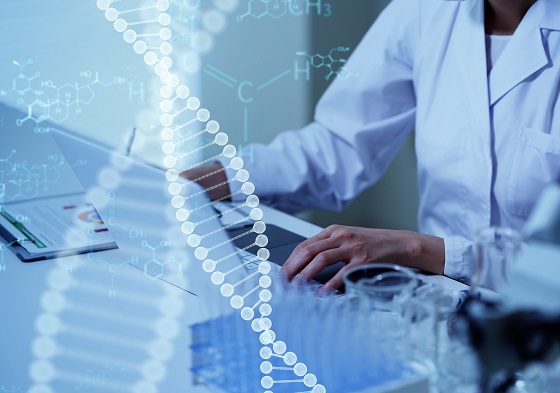- Home
- EnzymoGenius™ Technology
-
Services
- Computational Enzyme Discovery & Mining Services
- Enzyme Engineering and Optimization Services
- Enzyme Characterization & Profiling Services
- Enzyme Production & Formulation Services
- AI-Driven Enzyme Discovery and Function Prediction Services
- Enzyme Genome & Database Mining Services
- Enzyme Structural Bioinformatics and Modeling Services
- Kinase and Phosphatase Profiling Services
- Protease and Peptidase Profiling Services
- ATPase and GTPase Profiling Services
- Targeted Protein Degradation (TPD) Assays and Profiling
- Poly(ADP-ribose) Polymerase (PARP) Assays and Profiling
- Apoptosis Pathway Assays and Profiling Services
- Metabolic Pathway Assays and Functional Profiling
- Phosphodiesterase (PDE) Assays and Profiling Services
- Ubiquitin-Proteasome System (UPS) Assays and Profiling
- Ion Channel Assays and Functional Profiling Services
- GPCR Assays and Functional Signaling Profiling Services
- Nuclear Receptor (NR) Assays and Functional Profiling Services
-
Custom Products and Solutions
- Pharmaceutical and Biotechnology
- Biofuels and Renewable Chemicals Production
- Fabric & Household Care
- Food & Beverage Processing
- Transaminases TAs
- Nitrilases/Nitrile Hydratases
- Cytochrome P450 Monooxygenases
- Ketoreductases (KREDs)
- Glycosyltransferases (GTs)
- Lipases



















-
About Us

